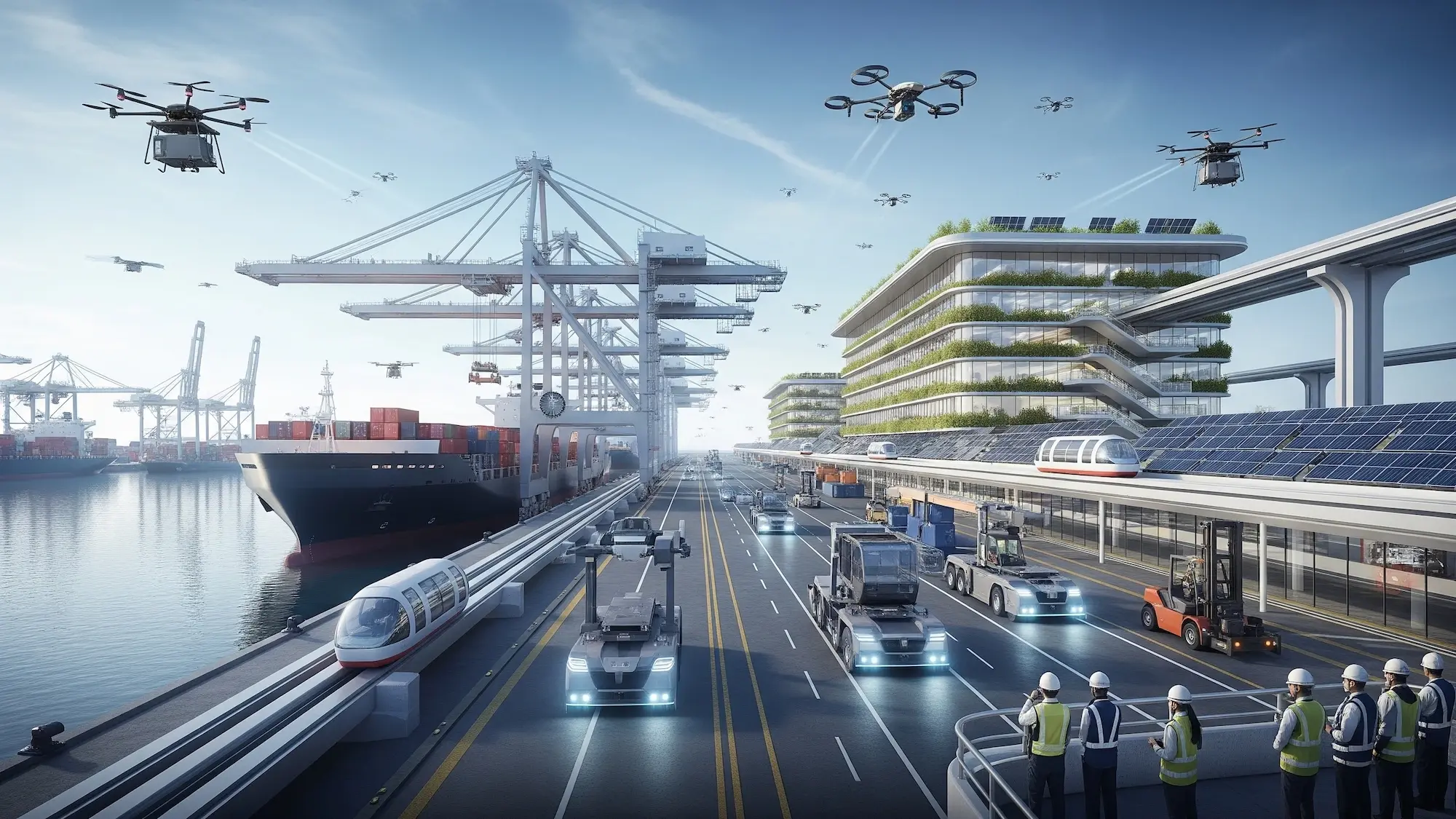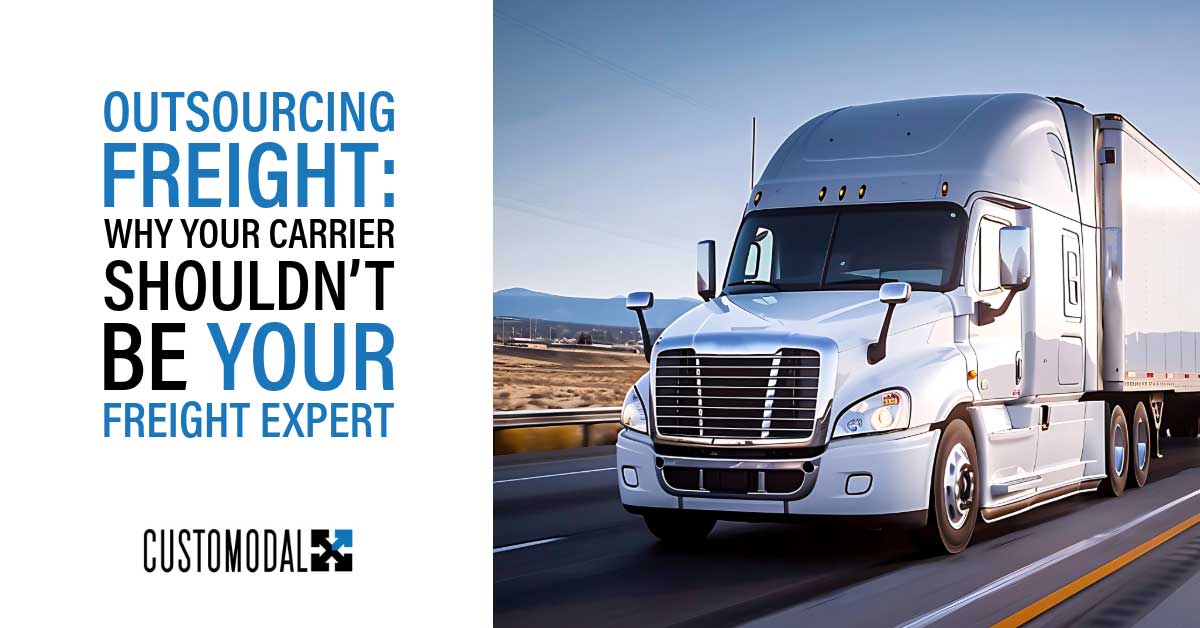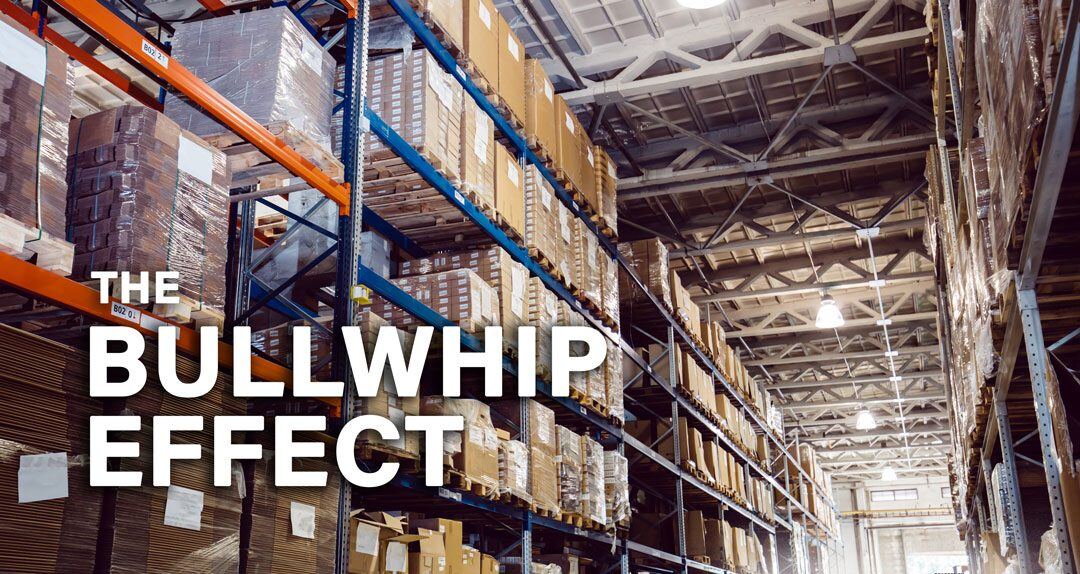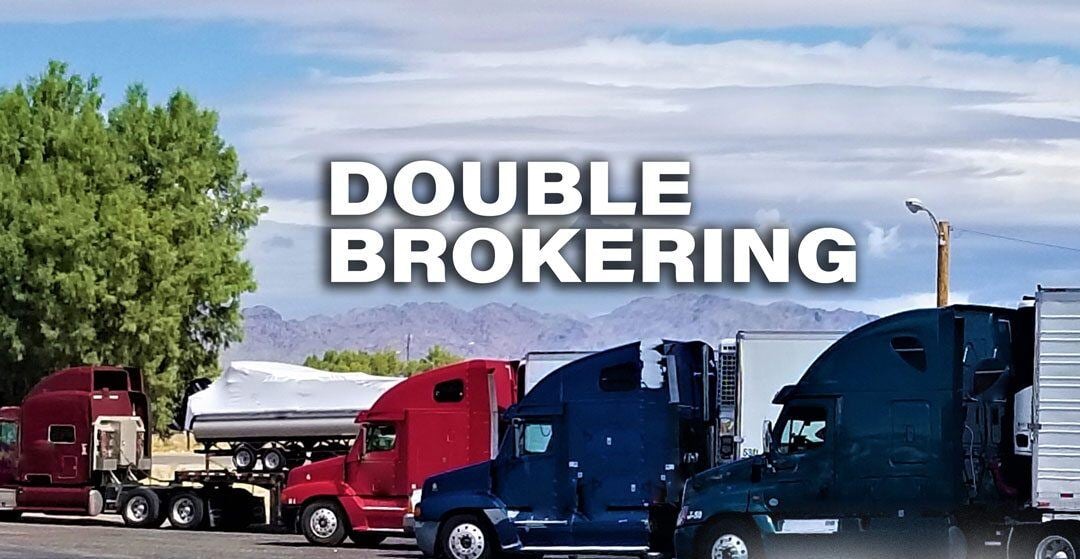
The future of freight forwarding is unfolding rapidly, with a new wave of technology and global shifts redefining what it means to move goods worldwide. As a key player in the global economy, the freight forwarding industry is at a pivotal moment, moving beyond traditional day-to-day operations to embrace a landscape driven by innovation.
This isn't just about faster deliveries; it's about building smarter, more resilient, and more sustainable supply chains. The firms that are thriving are the ones that look ahead, understand the forces at play, and adapt to not just survive but to lead. In order to adapt, we should explore five of the most impactful freight forwarding trends defining the industry's future.
1. The Rise of the Digital Freight Forwarder
Have you ever felt frustrated by a logistics process that feels stuck in the last century? You're not alone. The era of paper documents, endless phone calls, and manual tracking quickly gives way to the digital freight forwarder. This isn't just about having a website; it's a fundamental shift to a cloud-based platform that centralizes every step of the logistics journey.
According to a study by Fortune Business Insights,
The global digital logistics market was valued at $32.44 billion in 2024 and is projected to grow to $120.33 billion by 2032.
This explosive growth indicates that businesses are hungry for the efficiency and transparency that modern supply chain technology offers.
A digital-first approach means real-time visibility and communication. Instead of waiting for a call back, you can get an instant quote, track your shipment from port to destination, and receive automated updates, giving you a level of control and insight that was previously impossible. This is the new standard of logistics innovation.
2. AI and Automation: The New Engine of Efficiency
Think of AI in logistics as a mighty co-pilot, not a replacement for the expert human. AI and automation are no longer science fiction; they are transforming freight forwarders' operations. By leveraging predictive analytics, AI can accurately forecast demand and optimize shipping routes to save time, fuel, and money.
Consider the potential: McKinsey & Company reports that logistics automation can cut operational costs by up to 30% and improve delivery speed by 20-25%.
AI-powered systems can streamline repetitive back-office tasks, such as documentation and booking, freeing your team to focus on the job's more complex, strategic parts. For an in-depth look at how AI shapes the industry, you can read our blog post on the predictive edge of AI.
From managing warehouse inventory to optimizing last-mile delivery routes, AI is the key to unlocking new levels of speed and accuracy. It's about moving from reactive problem-solving to a proactive, data-driven strategy.
3. Sustainability and Green Freight Take Center Stage
As global concerns about climate change grow, so does the demand for sustainable shipping. This is more than a trend; it's a new business imperative. Consumers and corporations are scrutinizing their supply chains' carbon footprint and demanding greener options.
A Descartes Systems Group study found that 60% of consumers are "quite or very interested" in environmentally friendly delivery practices. The market is responding. Grand View Research projects the green logistics market to reach $2.34 trillion by 2030.
This push for green freight is driving significant changes, from adopting electric vehicles and alternative fuels to optimizing freight consolidation to reduce emissions.
Forward-thinking freight forwarders are embracing this shift, not just as a compliance measure but as a core value. They're helping clients understand the environmental impact of different transport modes and offering efficient and eco-friendly solutions.
4. Supply Chain Resilience: The Ultimate Competitive Advantage
If the last few years taught us anything, it's that disruptions are an inevitable part of the global economy. As a result, supply chain resilience has become a top priority for businesses. A 2024 McKinsey study found that disruptions can cost companies up to 45% of their annual profit.
So, how are firms building more resilient networks? By embracing technology. Real-time visibility is a perfect example, as platforms and IoT sensors provide unprecedented transparency. This allows businesses to get an accurate, up-to-the-minute view of a shipment's location and status, making identifying and addressing bottlenecks or issues easier before they become a crisis.
Beyond visibility, data analytics and predictive modeling are key. By analyzing historical data and current events, freight forwarders can anticipate potential risks, such as severe weather or port congestion, and proactively reroute shipments to avoid delays. This end-to-end visibility and a data-driven approach mean a faster, more adaptable, and ultimately, more reliable network. Building resilience is no longer just about having a backup plan but a real-time, data-driven network that can adapt to challenges.
5. The Evolving Role of the Human Expert
With all this talk of technology, you might wonder what role people play in this new landscape. The truth is, the human element is more critical than ever. Technology isn't replacing freight forwarders; it's enhancing their capabilities, allowing them to shift from transactional tasks to strategic ones.
While AI can handle route optimization, a human expert still needs to negotiate complex deals, build relationships, and provide the nuanced advice only experience can offer. They are the strategic partners who analyze data, interpret complex global events, and advise clients on the best long-term strategy. The skills required are evolving—a modern freight forwarder is as much a data analyst and a risk manager as a logistics coordinator. To learn more about how tech reshapes freight, check out our blog on innovations beyond trucks and trains.
Navigating the New Frontier of Freight Forwarding
Technology, sustainability, and resilience define the future of freight forwarding. Understanding these freight forwarding trends is critical for businesses that rely on a global supply chain. The companies that will lead the way don't just react to change but actively embrace it.
Staying ahead requires a partner who understands and leverages these trends to build a more efficient, transparent, and resilient supply chain. That's where a partner like Customodal comes in. Our team of experts combines deep industry knowledge with cutting-edge logistics innovation to help you navigate this new frontier.
Ready to build a smarter, more resilient supply chain? Contact Customodal today.





